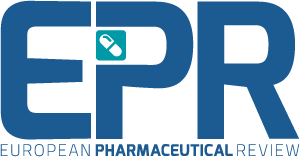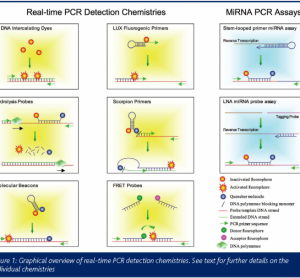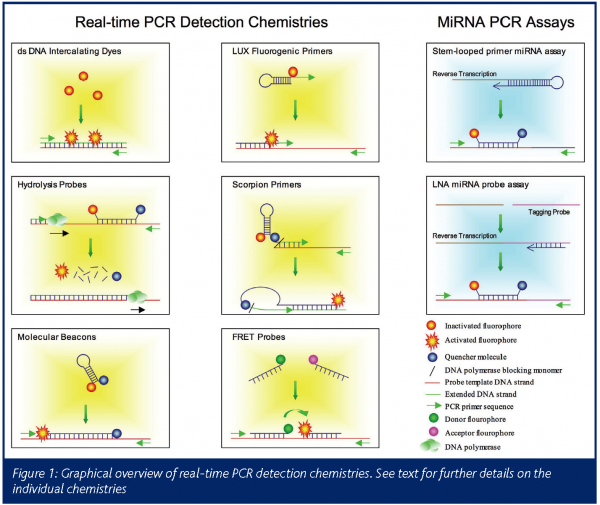Co-operation through certification
24 March 2006 | By Bengt Ljungqvist, Ph.D. and Berit Reinmüller, Ph.D. KTH Stockholm
To verify that cleanroom and clean zones are adequately installed and functioning they are usually validated during three occupancy states. First, when the installation is complete with all services connected and functioning, as-built; secondly during at-rest conditions when equipment is installed and running in a manner agreed upon by customer…








